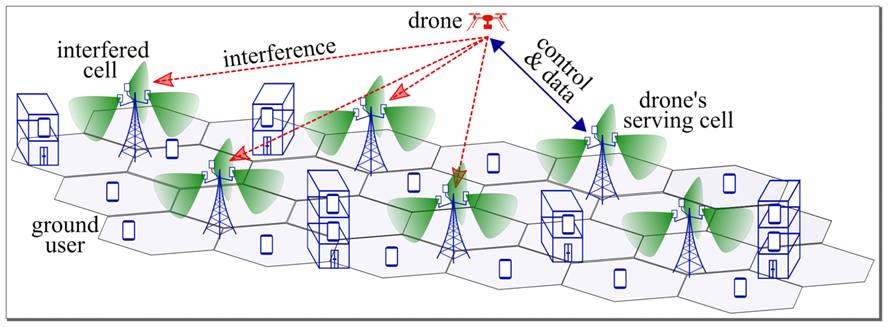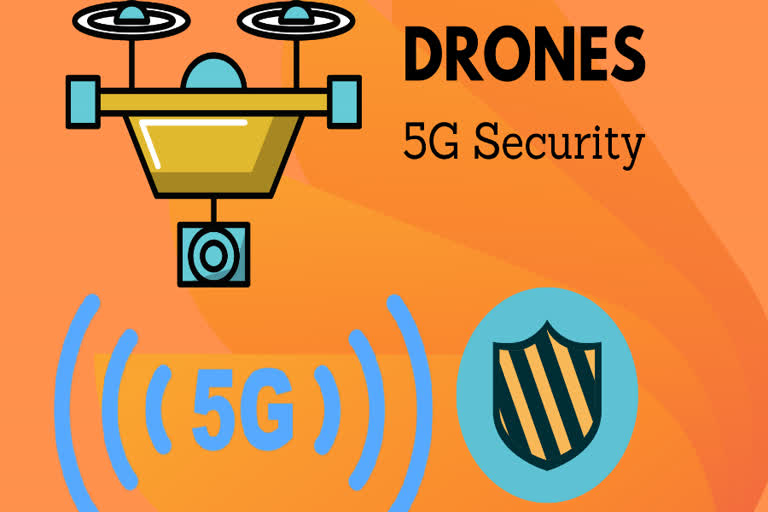Barcelona, Spain -- The introduction of the fifth-generation mobile network, or 5G, will change the way we communicate, multiply the capacity of the information highways, and allow everyday objects to connect to each other in real-time. Its deployment constitutes a true technological revolution not without some security hazards. Until 5G technology has definitively expanded, some challenges remain to be resolved, including those concerning possible eavesdropping, interference and identity theft.
Unmanned Aerial Vehicles (UAV), also known as drones, are emerging as enablers for supporting many applications and services, such as precision agriculture, search and rescue, or in the field of communications, for temporary network deployment and their coverage extension and security.

Giovanni Geraci, a researcher with the Department of Information and Communication Technologies (DTIC) at UPF, points out in a recent study: "On the one hand, it is important to protect the network when it is disturbed by a drone that has connected and generates interference. On the other, in the future, the same drones could assist in the prevention, detection, and recovery of attacks on 5G networks". The paper was published in August in the journal IEEE Wireless Communications together with Aly Sabri Abdalla, Keith Powell, and Vuk Marojevic, researchers from the Department of Electronic Engineering and Computer Science at the University of the State of Mississippi (USA).
The study poses two different cases. First, the use of UAVs to prevent possible attacks, still in its early stages of research, and, secondly, how to protect the network when disturbed by a drone, a much more realistic, as Geraci explains: "A drone could be the source of interference to users. This can happen if the drone is very high up and when its transmissions travel a long distance because there are no obstacles in the way, such as buildings".
The integration of UAV devices in future mobile networks may expose the latter to potential risks of attack based on UAVs. UAVs with the cellular connection may experience radio propagation characteristics that are probably different from those experienced by a terrestrial user. Once a UAV flies well above the base stations, it can create interference or even rogue applications, such as a mobile phone connected to a UAV without authorization. Based on the premise that 5G terrestrial networks will never be 100% secure, the authors of this study also suggest using UAVs to improve 5G network security and beyond wireless access.
The study shows several areas in which the diversity and 3D mobility of UAVs can effectively improve the security of advanced wireless networks against eavesdropping, interference, and 'spoofing', before they occur or for rapid detection and recovery. "
Also Read: Showing robots how to drive a car in just a few easy lessons



